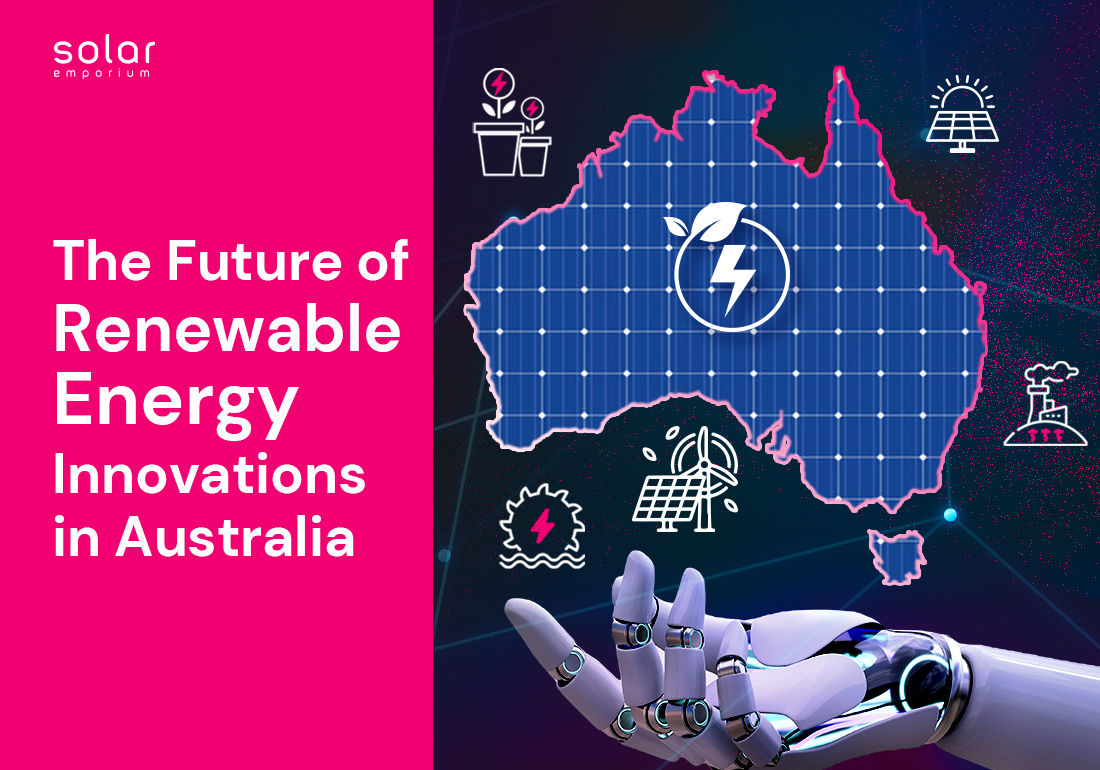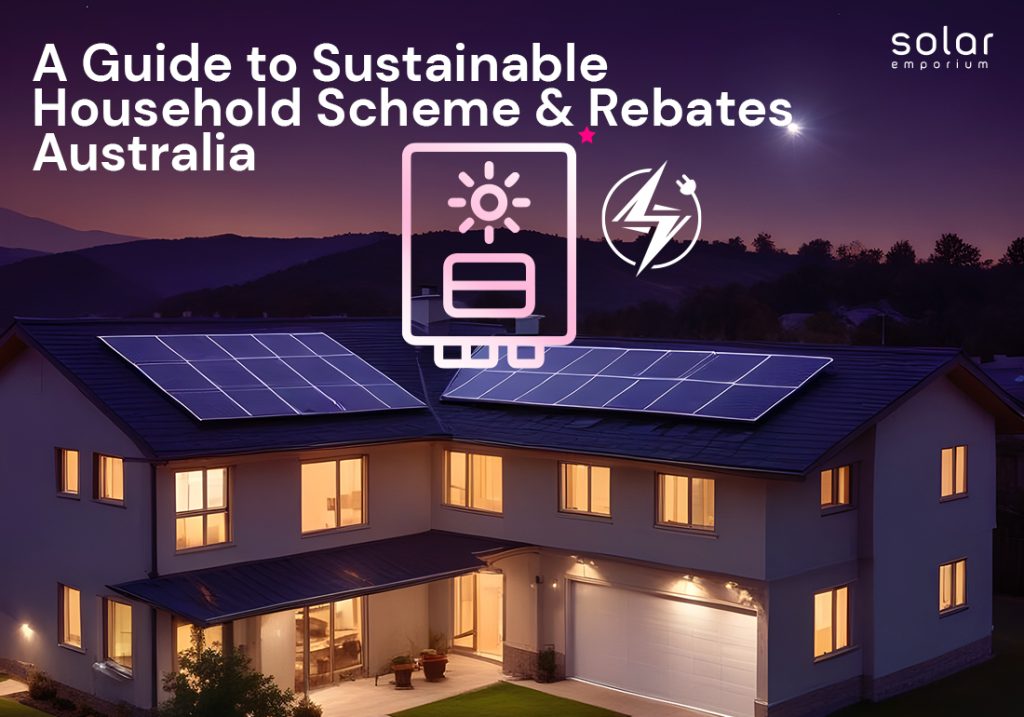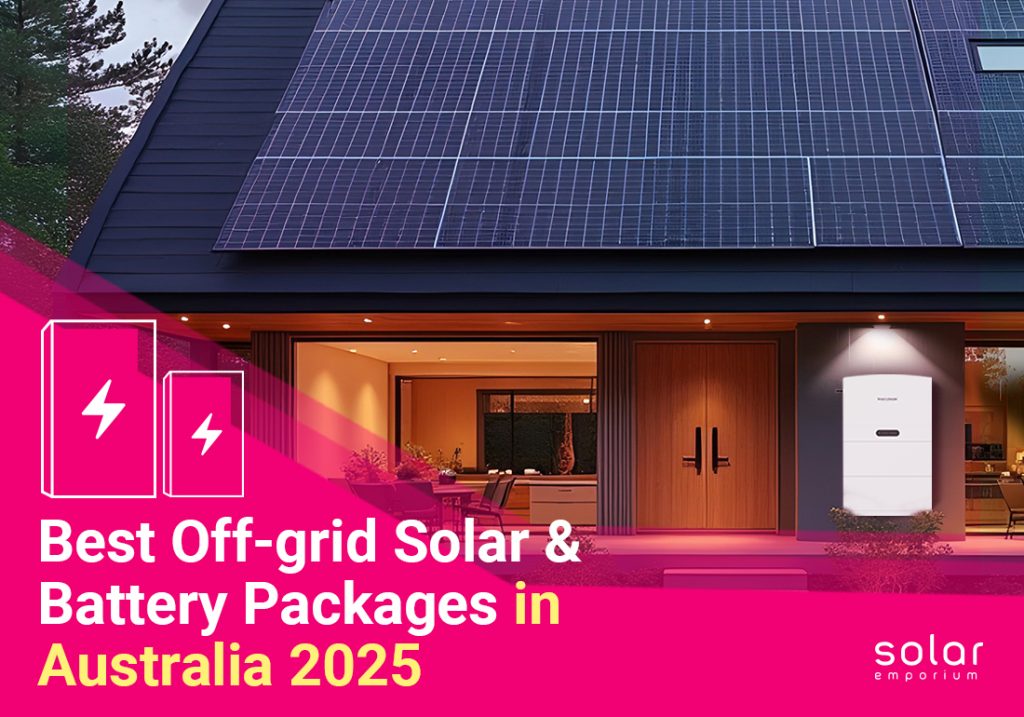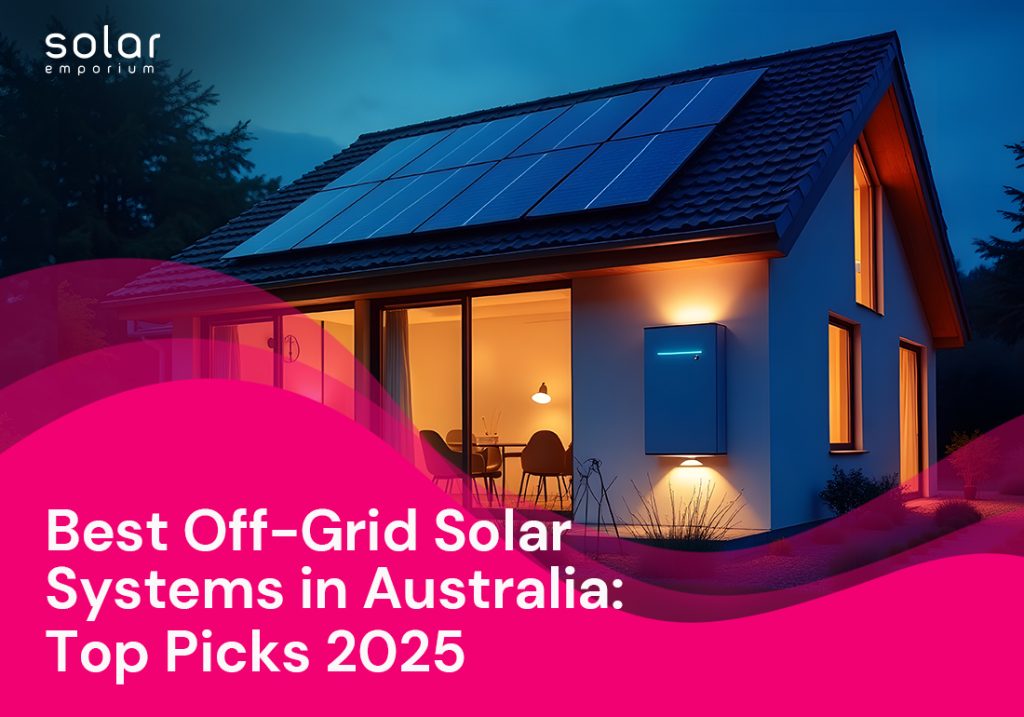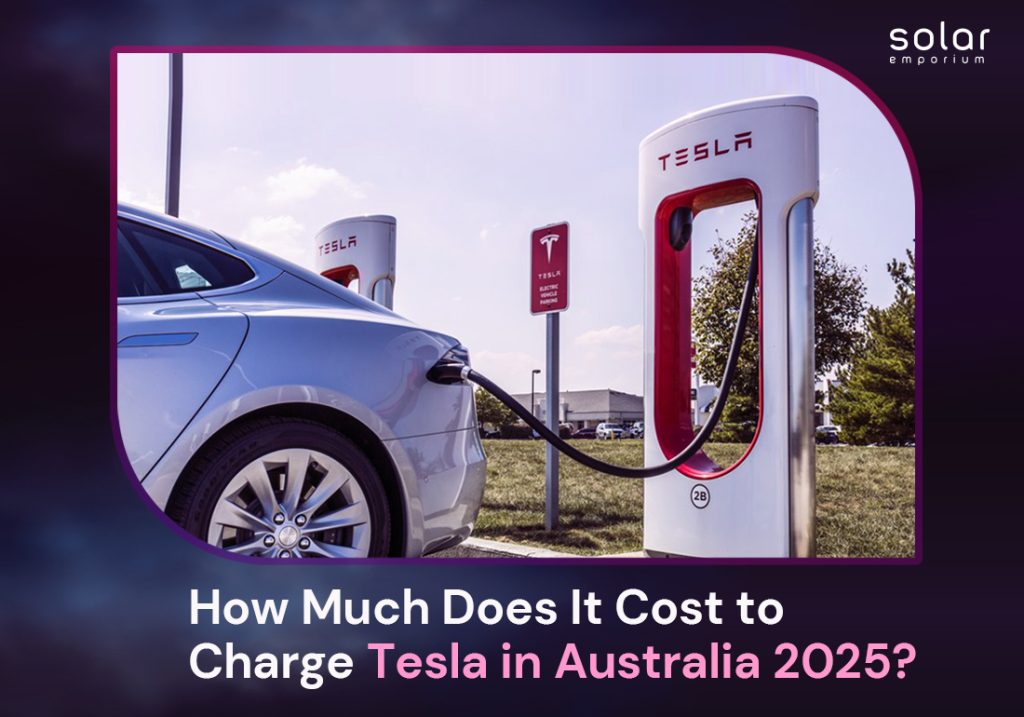What if Australia, already a global leader in renewable energy, could unlock even more potential to revolutionize how the world powers itself?
We all know the urgency of combating climate change is intensifying daily. However, Australia stands at the forefront of renewable energy innovations that could reshape global energy landscapes.
With its limitless sunlight, vast wind corridors, and cutting-edge technology, Australia’s renewable energy sector is well-equipped for breakthroughs that could drive the future of clean energy.
But how can these advancements push Australia toward a sustainable, carbon-free future, and what new innovations are on the horizon?
Eager to know in depth? Then, let’s see what promises the future of renewable energy innovations holds for us!
The Renewable Energy Shift: Australia’s Green Energy Future
Over the decades, Australia has relied heavily on harmful fossil fuels like coal, oil, and natural gas for energy generation. As the country has some of the largest coal mines, this heavy dependency has become a real environmental threat.
However, the good news is that the residents’ growing awareness and sustainable practices have fueled a massive shift towards renewable energy sources.
The government and the country’s people are already working actively and collaboratively to fulfill the renewable energy target and the global push for decarbonization.
They power their homes and appliances with renewable sources like solar, wind, hydro, geothermal energy, and tidal waves.
According to the Clean Energy Australia 2024 report, 39.4% of the total electricity is generated from renewable sources, with solar and wind contributing the lion’s share.
Doesn’t that sound promising? Pretty encouraging, right?
With significant progress, the country aims to increase the percentage and reach its national target of 82% renewables by 2030 and net zero emissions by 2050.
However, do you know many states in Australia also have set their individual renewable energy targets?
Here are some Australian state-based renewable target examples:
- Victoria: 40% by 2025, 65% by 2030, and 95% by 2035
- Queensland: 50% renewable energy by 2030, 70% by 2032 and 80% by 2035
- South Australia: 100% net renewables by 2030
- Tasmania: 100% renewable energy by 2022
- Northern Territory: 50% renewable energy by 2030
- New South Wales: Zero emissions across the state economy by 2050
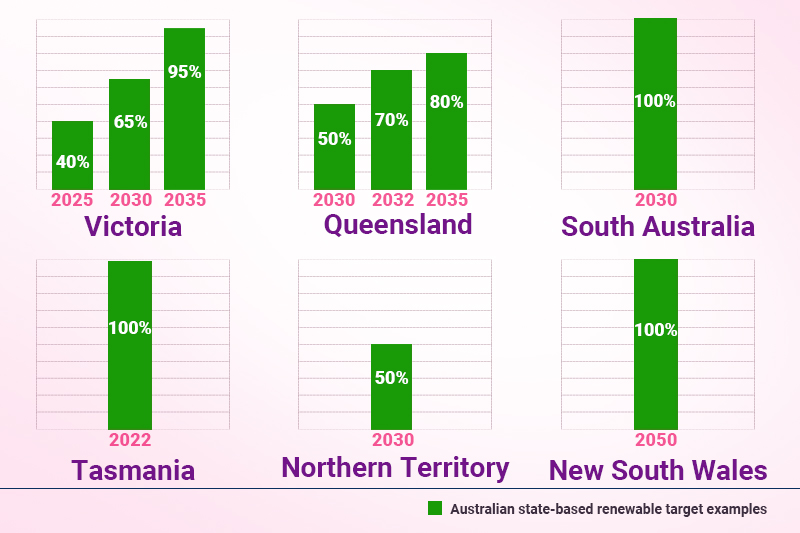
Australia’s Most Leading Renewable Energy Innovations 2025
By 2025, Australia is expected to lead the world in several key renewable energy innovations. The country is trying to overcome the barriers to sustainable energy transition marking a pivotal moment for clean energy.
While renewable energy sources like wind and solar are already contributing to a significant portion of Australia’s energy grid, the next few years will bring transformative changes.
Ground-breaking technologies like perovskite solar cells, airborne wind turbines, and green hydrogen will strengthen Australia’s role as a renewable energy superpower.
All these innovations, along with the integration of smart grids, will enhance the country’s capacity to harness clean energy more efficiently than before.
Curious to know how this works? Let’s explore the next part and dive deeper into the discussion!
Top Innovations in Solar Energy Sector: A Golden Opportunity for Australians
Australia receives more solar radiation per square meter than most countries around the globe, making it ideal for large-scale solar farms and rooftop solar installations.
The country already boasts one of the highest rates of rooftop solar penetration globally, with more than 3 million homes installing solar panels as of 2024.
Advanced Solar Technology: Breaking New Ground
Ongoing research and several exciting innovations to maximize solar panel efficiency make solar power even more powerful, affordable, and scalable in the coming years.
Here are some innovative technologies for solar energy:
- Perovskite Solar Cells: Unlike traditional silicon-based solar cells, these alternative perovskite solar cells offer higher efficiency rates and lower production costs. These cells have the potential to make solar panels much more affordable and reduce the overall upfront cost of solar power. However, Australia is investing heavily in researching these lightweight, sustainable solar cells and finding ways to make them more commercially viable.
- Solar Storage Solutions: Solar energy is great during the day. But what about at night? Have you ever wondered how to power your home when the sun goes down? With solar energy’s intermittent nature, energy storage, like solar batteries, is crucial in ensuring a continuous power supply. In addition to the most used branded battery, Tesla Powerwall, Alpha Ess, further innovations in energy storage, like flow and solid-state batteries, promise long-lasting and more affordable options for consumers.
- Bifacial Solar Panels: These are another exciting innovation in solar panel technology. They can capture sunlight from both the front and back sides, enhancing efficiency. Bifacial panels increase solar production and energy output by up to 30%. They are good for sustainable agriculture and offer advantages in maximizing the return on investment for solar farms.
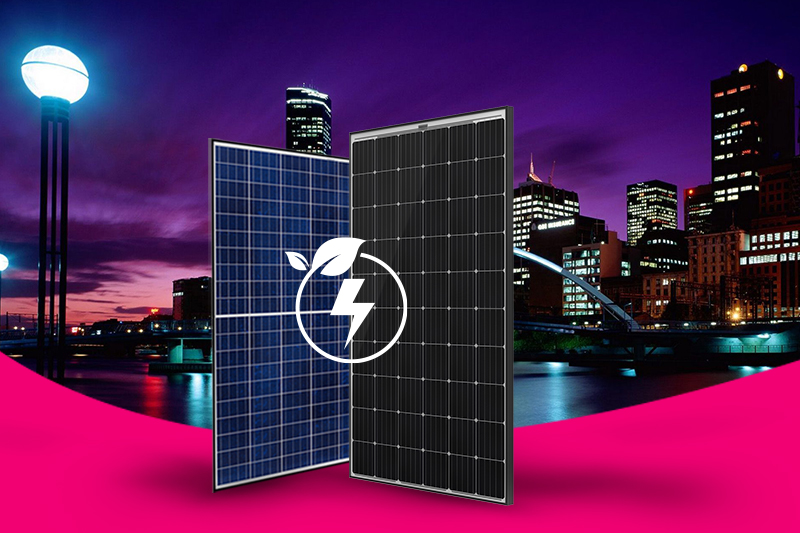
Harnessing Australia’s Strong Coastal Winds | A Powerful Solution
Australia’s coastline stretches over 25,000 kilometers, with abundant strong and consistent winds.
This natural resource contributed more than 10% of Australia’s electricity in 2024 and presents a huge opportunity for Australians to meet future energy demands.
Even though wind power is mostly concentrated in areas like South Australia and Tasmania, other regions are beginning to take advantage of this renewable resource.
Offshore Wind Farms: A New Frontier
Offshore wind farms are large-scale installations of traditional wind turbines placed on shallow water bodies or, typically off the coast, with high wind patterns.
Some turbines are fixed to the seabed, on the floor, or float on platforms that harness wind energy to generate electricity.
Floating offshore wind farms are already available and operational in many parts of the world. The first offshore wind farm in Australia is already being planned for the Gippsland region in Victoria, with construction expected to begin in the coming years.
Altogether, they contribute significantly to renewable energy generation and hold great potential for Australia’s renewable future.
Floating Wind Farms
For years, wind energy has been traditionally limited to land to shallow waters, but the emergence of innovative floating wind farms has been a game changer. These platforms can be anchored in deep ocean waters, far from the coastlines.
Several large-scale floating wind projects were proposed in 2024. These farms are expected to significantly boost the global wind energy capacity, making wind power a more reliable energy source.
Airborne Wind Turbines: Unlocking the Potential of High-Elevation Wind
Unlike traditional wind turbines located at ground level, Airborne wind turbines are situated at heights of up to 600 meters. They are often designed typically in the form of kites, drones, or tethered gliders.
Though still under the development process, airborne wind turbines have the potential to harness stronger, more consistent winds at higher altitudes, offering greater efficiency.
They also require less land and have a lower impact on local communities, making them a promising clean energy solution.
Hybrid Wind-Solar Projects: Maximizing Land Use in Australia
Australia’s vast rural expanses also present an opportunity for hybrid renewable energy projects that combine wind and solar energy.
These hybrid projects are gaining momentum because they can simultaneously generate power from both sources, maximizing land use and improving energy security.
For example, the Lincoln Gap Wind Farm in South Australia has integrated solar and wind generation into one facility. These combined hybrid systems are becoming more popular, and residents are harnessing renewable resources more effectively.
Green Hydrogen | Fueling a Sustainable Energy Revolution in Australia
Green hydrogen is one of the most promising innovations in Australia’s renewable energy future. This clean fuel is produced by splitting water into hydrogen and oxygen using renewable energy sources.
From powering industries to serving as fuel for transportation, they can be a great clean option in various sectors.
Moreover, green hydrogen can also be used for energy storage. It can be stored and transported in ways that electricity cannot.
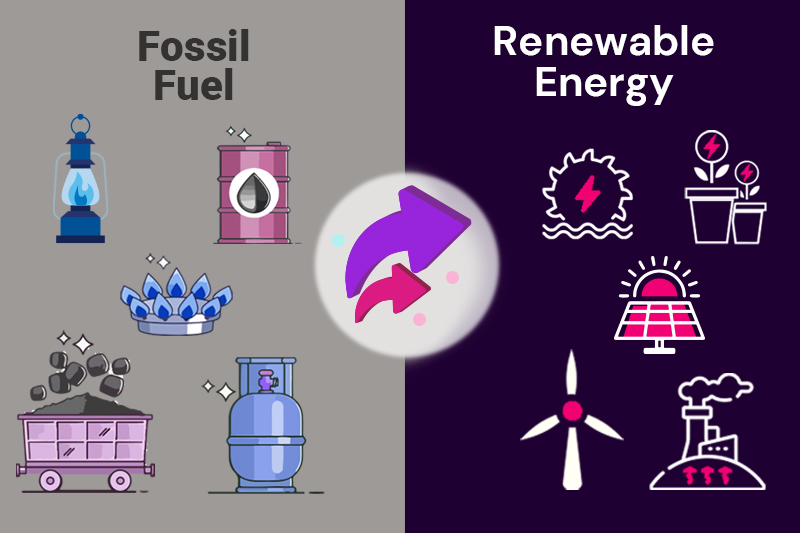
Smart Grids and Energy Digitalization: Transforming the Future of Power
Have you ever wondered how electricity is delivered to your house from these renewable sources?
Well, it’s not just about producing energy; it’s also about how we distribute it. With the rise of digital technologies, smart grids transform how power is transmitted and consumed across Australia.
They use advanced sensors, digital meters, and AI algorithms to optimize energy distribution, ensuring efficient, reliable power at the lowest possible cost.
Integrating batteries with the smart grid allows energy savings and provides real-time data and load management, which helps in decision-making, reducing waste, and minimizing disruptions.
Virtual Power Plants (VPPs)
A Virtual Power Plant (VPP) is another innovative solution that connects multiple distributed energy resources. In this system, solar panels and home batteries form a collective energy network that can be monitored and controlled remotely.
VPPs can provide grid services by feeding energy back into the grid during peak demand periods.
The Australian government and energy companies are also working to expand these systems, which could drastically reduce energy costs and improve grid reliability in the near future.
Solve the Renewable’s Intermittency with Energy Storage Technologies
Innovations in solar battery storage, grid-scale storage, and pumped hydro are leading the ways to solve renewable intermittency.
Advanced and robust technologies, such as solid-state batteries, flow batteries, and compressed air energy storage technologies, are the main keys to solving renewable energy’s intermittency challenges.
These systems ensure a stable, reliable power supply even when renewable output fluctuates by storing excess energy generated from wind, solar, and other renewable sources.
Driving the Future: Innovations Unlocking Renewable Energy’s Full Potential
Australia’s renewable energy innovations are laying the foundation for a clean, green future.
From cutting-edge solar technology to harnessing the power of coastal winds and from green hydrogen to the smart grids that will power our cities, Australia is leading the world in renewable energy solutions.
By 2025, Australia’s energy landscape will have evolved into a global sustainability model. These innovations will not only help combat climate change but also create new economic opportunities and position Australia as a renewable energy superpower.
When all is said and done, the future of renewable energy in Australia is bright, and it’s just the beginning!
Keep an eye on Solar Emporium’s website for more content like this. You can also talk with our expert for any solar-related query!
